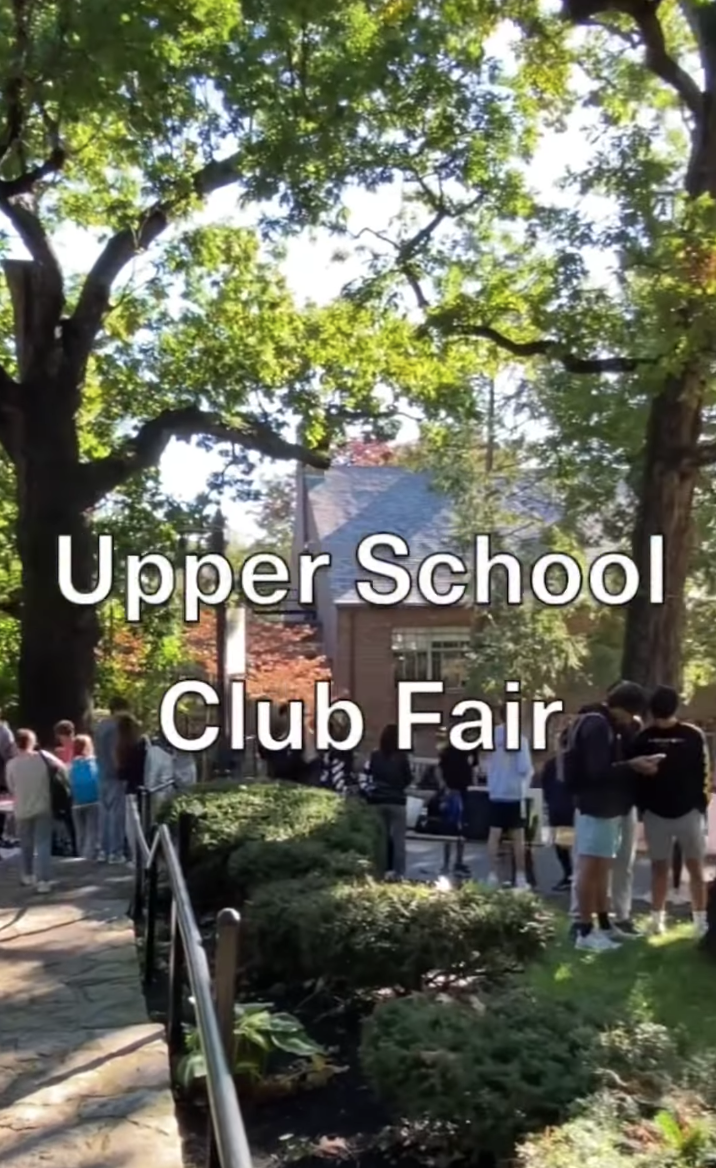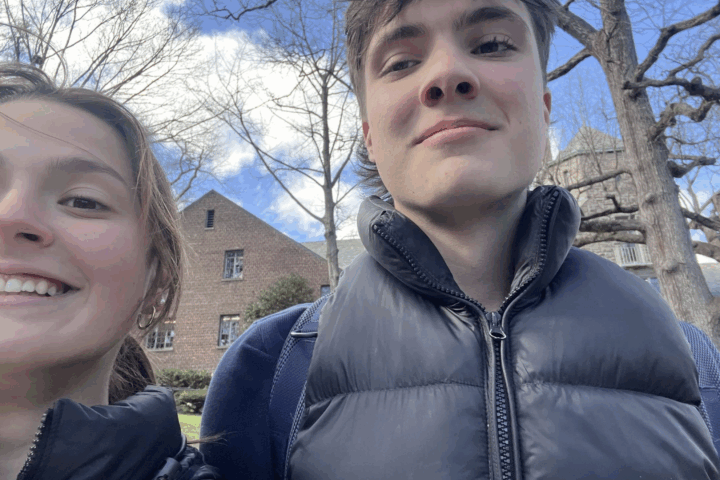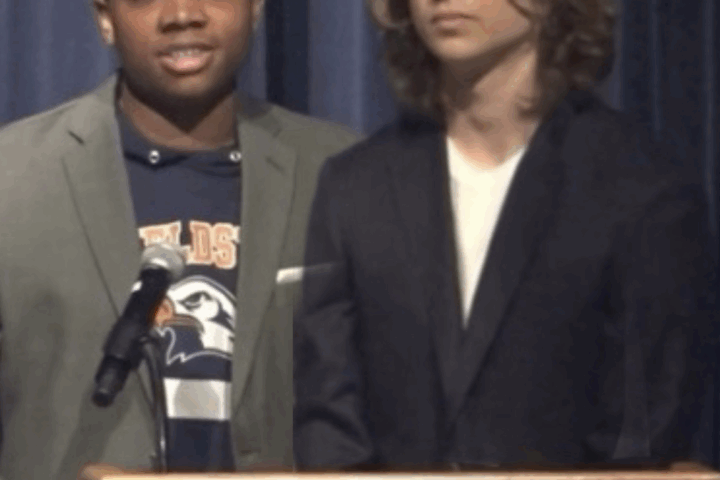On October 6th, 2022, the Quad was packed to the gills for the New Club Fair with an array of suspects weighing their options from table to table. Club prompts ranged from karaoke, books, biomedical ethics, film, hiking, all the way to Model UN and many more on what seemed like a neverending street of opportunities. Last year, on the same day, only 61 clubs were present. Why the dramatic spike in number from this year to last? Can we chalk this up to a post-pandemic explosion of extracurricular activities? Are these clubs just becoming a transactional way for students to add something appealing to their college applications, or are they really recreational means of personal expression in an already complex academic environment?
To answer the question, I asked some students about various ruminations that they cooked up from the fair: Sophomore student Gregory Brooks says,“The issue is that clubs are the essence of Fieldston in the sense that half of the people that create them just want to fulfill a sense of individuality in representing their interests instead of investing them into what already exists.”
Brooks raises an interesting point about the Fieldston community. These clubs, these discussions, explorations and deep dives into extracurricular topics play a predominant part of our culture. While we have established that we do need clubs, do we really need 90?
“In Fieldston’s case, since few actually do these clubs, it’s too many and there’s only like 4 good clubs,” student Mia Ramos presents.
Because Fieldston is such a layered community, the list of school activities extends far beyond classes and homework. Students at Fieldston participate in community service outside of school hours, while managing homework and commuting from place to place. Clubs might be considered a possible extension of community service in that they serve the students and teach them how to engage in a variety of ways with their own people.
There is certainly no question that clubs can be fun and a way for the student body to explore their passions and means of expression in their daily lives. Let’s face it: after a long day of classes and when faced with an overload of homework, if a topic like archery or photography from the 1920s, or even knitting/crochet is your go-to, it can be a good social outlet to avoid the pressures of education. That said, do we need 90 ways to relieve pressure? Is there quality when the volume of clubs is so high? (go back to 1920s and 1930s yearbooks in tate and take some nice photos of the clubs from that era)
There is another big way that a club can serve a student. Because clubs often convene after the academic pressures have concluded, A.K.A class time, a student who may feel unsure in a classroom setting can hope to develop vital social skills and find self-confidence in the middle of a discussion about hiking or cooking. Model UN can help debaters envision a future where they can defend their views in every field of work; a future career as a polemicist, politician or even president. While the necessity of a club setting as part of the Fieldston experience is constructive, there is no quality in volume. Many of the clubs’ missions overlap. They might even be more productive if a few of these clubs merged into larger ones that could explore topics from a variety of different vantage points. While we may need more than nine clubs, we don’t need 90. Streamlining what clubs make the cut would likely encourage these groups to hone in more on their mission and therefore provide richer experiences and deeper explorations for the students. Perhaps there should be a club to reduce and consolidate all of the clubs we already have! Perhaps the ones that really resonate with students and merit attendance will survive and be the ones that rise to the top. People vote with their voices, so the natural weeding process will take care of itself gradually.






